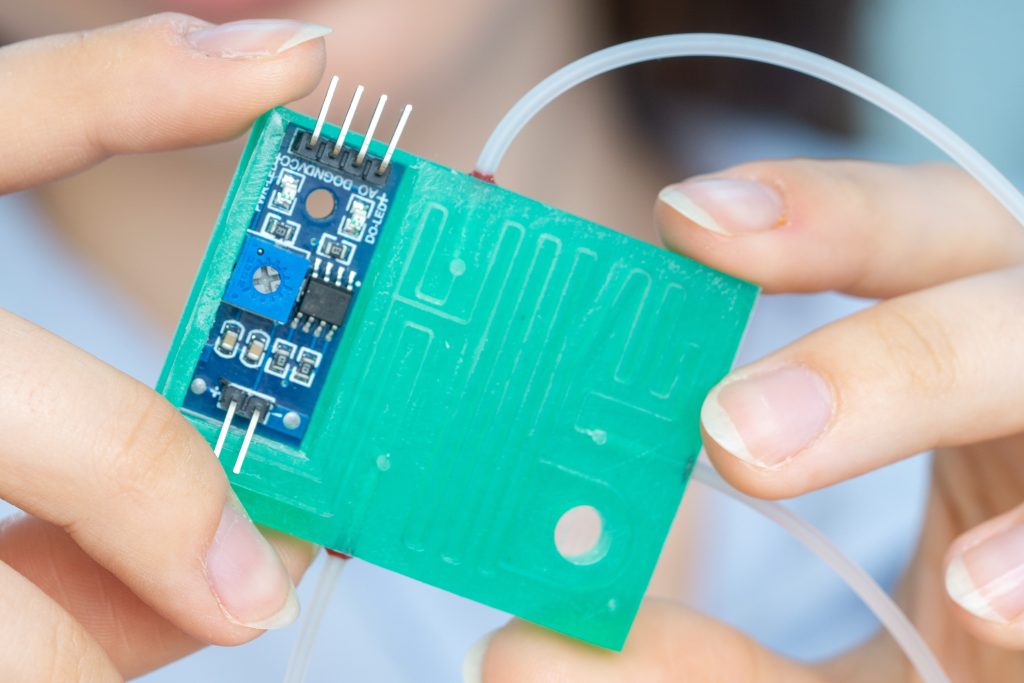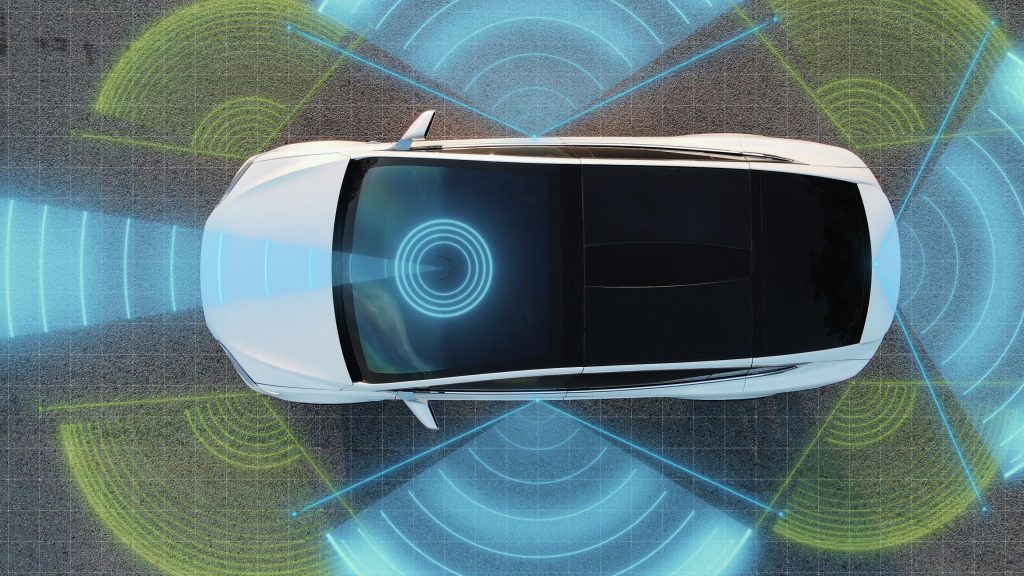25 Years of Innovation in Optical Applications
Advances in optics have powered numerous major technological innovations over the past twenty-five years. Here we’ll look at three important applications of modern optics: in communication, in biotechnology and medicine, in autonomous vehicles, and in augmented and virtual reality (AR/VR).
Photonics and Communication
How have internet speeds improved so drastically in the past quarter century? One key has been the advances made in fiber optics.
Fiber optics involves the transmission of data by the passage of light through transparent glass or plastic fibers that are typically about the diameter of a human hair. Total internal reflection enables the light to propagate over long distance extremely fast with minimum attenuation and reduction in intensity.

When fiber optics were first introduced back in the 1950s, impurities in the glass meant the method could only be used for short distances, such as those needed for endoscopy. By the end of the century, the combination of laser and better fiber optics had enabled the method to be successfully used for long-range communications.
But in the past 25 years, we’ve seen the introduction of differential phase-shift keying, where efficient is improved by encoding data in the phase change between bits rather than amplitude. We’ve also seen the introduction of ultra-low loss pure silica core fiber, which brings us close to theoretical minimum loss for silica fiber and thus increases capacity significantly. Today, we can create thinner, more flexible fibers than ever before, and these fibers are being integrated with photonics devices for more efficient systems and reduced complexity.
Biotechnology and Medicine
Modern biotechnological and medical applications of optics highlight how one important change we’ve seen over the past quarter century: the integration of digital technologies.

One example of these is the photonics lab-on-a-chip (PLOC), miniature spectrophotometric analysis systems that can be used for drug discovery and development, for genomics, for clinical diagnosis, and for cellomics. PLOCs have the potential to provide instant, on the go diagnostics without relying on an external lab and long turn around times. These tiny optical systems can be produced by soft lithography, injection molding, micro milling, or hot embossing. Another manufacturing option that is currently being perfected is 3D printing, which allows us to manufacture these systems at scale in a reproducible, fully predictable manner.
Other examples of advances in biotechnology and medicine include improvements in optical coherence tomography (OCT) and endoscopes as well as in the optical sensors and lasers used in surgery.
LIDAR and Autonomous Vehicles
Less than fifteen years ago a basic LIDAR system priced at around $75,000, making it an impractical choice for nearly all commercial and consumer applications and also out of range for most researchers. LIDAR (LIght Detection and Ranging technology) involves using the time of flight of a laser beam to ‘map’ surroundings in 3D. It detects detail significantly better than does radar, and it can see just as well in the dark as in daylight. This makes it an ideal provider for machine vision on self-driving cars— if the price tag would go down.

Thanks to advances in the technology; it has; today, even the iPhone in your pocket contains a basic LIDAR system, and the more capable sensors such as those used in AVs cost just hundreds rather than thousands of dollars. Part of this is innovations in design, resulting in a simpler, more efficient setup and fewer moving parts. Part of it is innovations in manufacturing, which enable us to produce powerful optical components in smaller sizes with more precision than ever before. Today, a full-powered LIDAR systems can survey over 1 million points per second with 5 mm accuracy.
25 Years of Innovation at Avantier
At Avantier, we’re proud to have been a premier producer of quality custom optics for 25 years. Our design and manufacturing teams have been key players leading the advances in optical manufacturing that are empowering technological innovations today. If this topic interests you, take a look at our other articles on optical innovations and what the past quarter century has meant for the industry.
References
- Britannica, The Editors of Encyclopaedia. “fiber optics”. Encyclopedia Britannica, 29 Dec. 2024,
- Fiberoptix Team, History of Fiber Optics Timeline. March 20, 2024.
- Rodríguez-Ruiz,I. Ackermann,T. , Muñoz-Berbel, X. and Llobera, A. “Photonic Lab-on-a-Chip: Integration of Optical Spectroscopy in Microfluidic Systems” Analytical Chemistry 2016 88 (13), 6630-6637
- Sabri, N., Aljunid, S.A., Salim, M.S., Fouad, S. (2015). Fiber Optic Sensors: Short Review and Applications. In: Gaol, F., Shrivastava, K., Akhtar, J. (eds) Recent Trends in Physics of Material Science and Technology. Springer Series in Materials Science, vol 204. Springer, Singapore.
- Wang, H., Enders, A., Preuss, JA. et al. 3D printed microfluidic lab-on-a-chip device for fiber-based dual beam optical manipulation. Sci Rep 11, 14584 (2021).
GREAT ARTICLE!
Share this article to gain insights from your connections!




